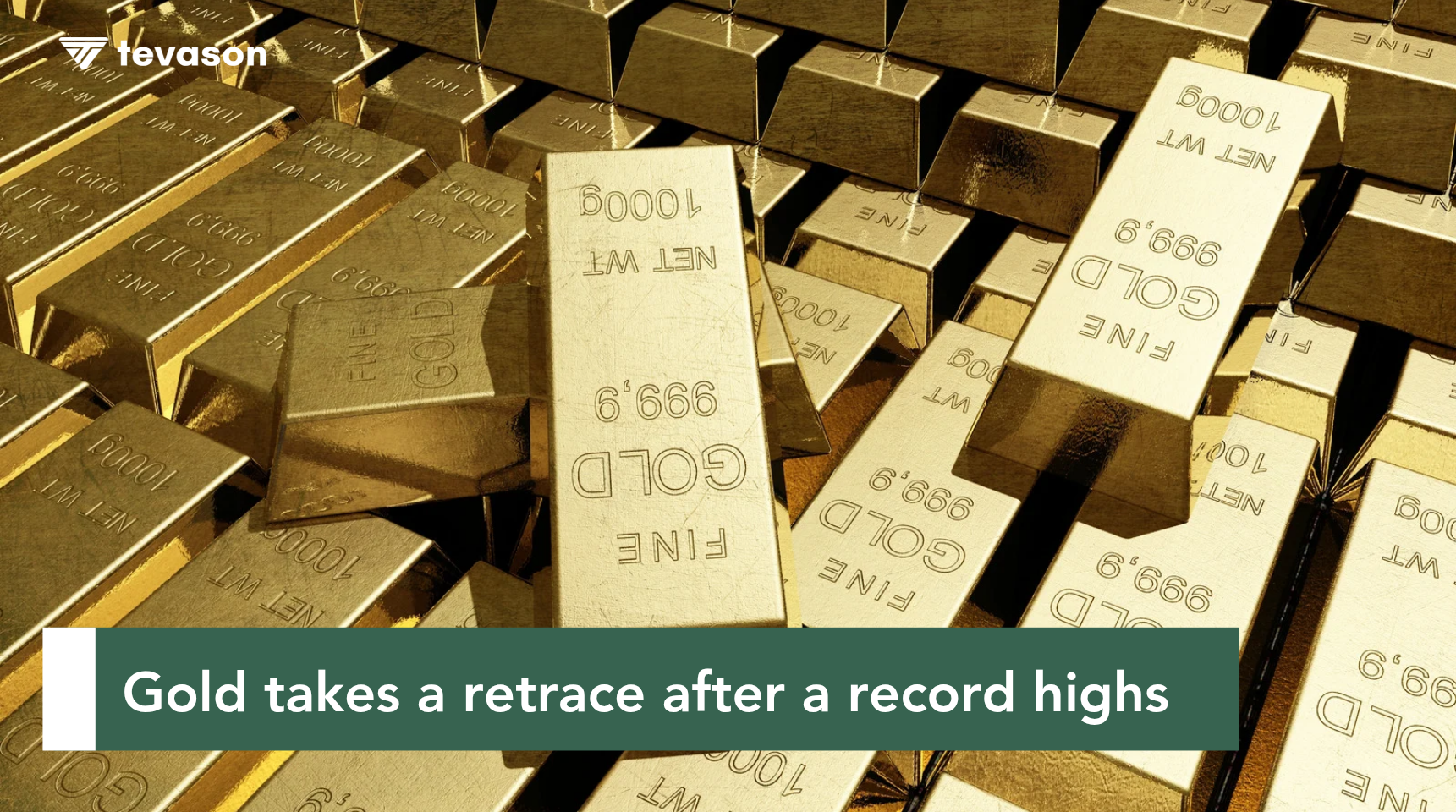Gold recently hit record highs of $2,955 before pulling back, as profit-taking outweighs safe-haven demand. However, market analysts are closely watching developments that could shape the metal’s next move.
Tariffs and Geopolitical Uncertainty Fuel Market Caution
U.S. President Donald Trump recently proposed new tariffs on key sectors, including lumber, automobiles, semiconductors, and pharmaceuticals. Historically, rising economic uncertainty has strengthened gold’s appeal as a safe-haven asset. However, gold’s muted response to these risks has puzzled investors.

Adding to market uncertainty, Trump’s latest statements on the Russia-Ukraine conflict and reports of a potential U.S.-Ukraine minerals deal have heightened geopolitical tensions. These developments could influence gold’s trajectory in the coming months.
Key Inflation Data and Federal Reserve Policy in Focus
Investors are also closely watching the Federal Reserve’s preferred inflation gauge, set to be released this Friday. The data could play a crucial role in shaping expectations for future monetary policy.
Gold typically struggles in a high-interest-rate environment, as rising yields make non-yielding assets like gold less attractive. Recent economic data, however, suggests a potential shift. U.S. economic indicators have hit a 17-month low, increasing market speculation that the Fed may implement two rate cuts this year—a scenario that could boost gold prices.

Global Economic Trends and Currency Movements
Beyond the U.S., broader economic factors are also influencing gold markets. China is rolling out new economic stimulus measures, Germany’s political landscape is evolving, and the U.S. dollar is showing signs of weakness—all of which could impact gold’s performance.
For now, gold remains in a consolidation phase, but with multiple economic and geopolitical factors at play, investors are keeping a close eye on what could be the next big move for the precious metal.

Leave a Reply